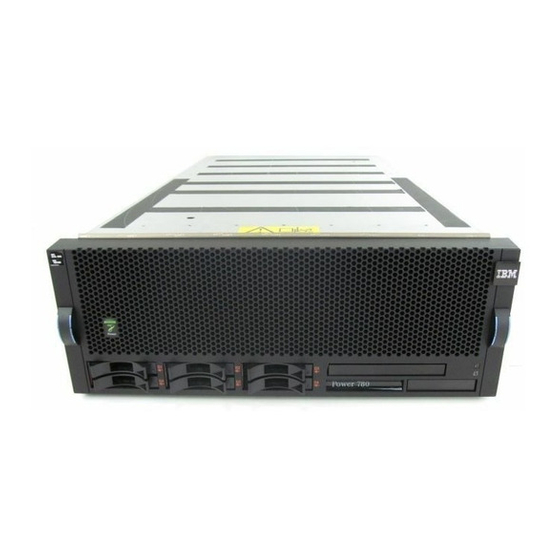Table of Contents
Advertisement
Quick Links
IBM Power 770 and 780
Technical Overview and Introduction
Features the 9117-MMD and 9179-MHD based on
the latest POWER7+ processor technology
Describes support of up to 20
LPARS per processor core
Discusses new I/O cards
and drawers
ibm.com/redbooks
Front cover
Redpaper
An Ding Chen
Dave Freeman
Breno Henrique Leitão
Advertisement
Table of Contents










Need help?
Do you have a question about the Power 780 and is the answer not in the manual?
Questions and answers